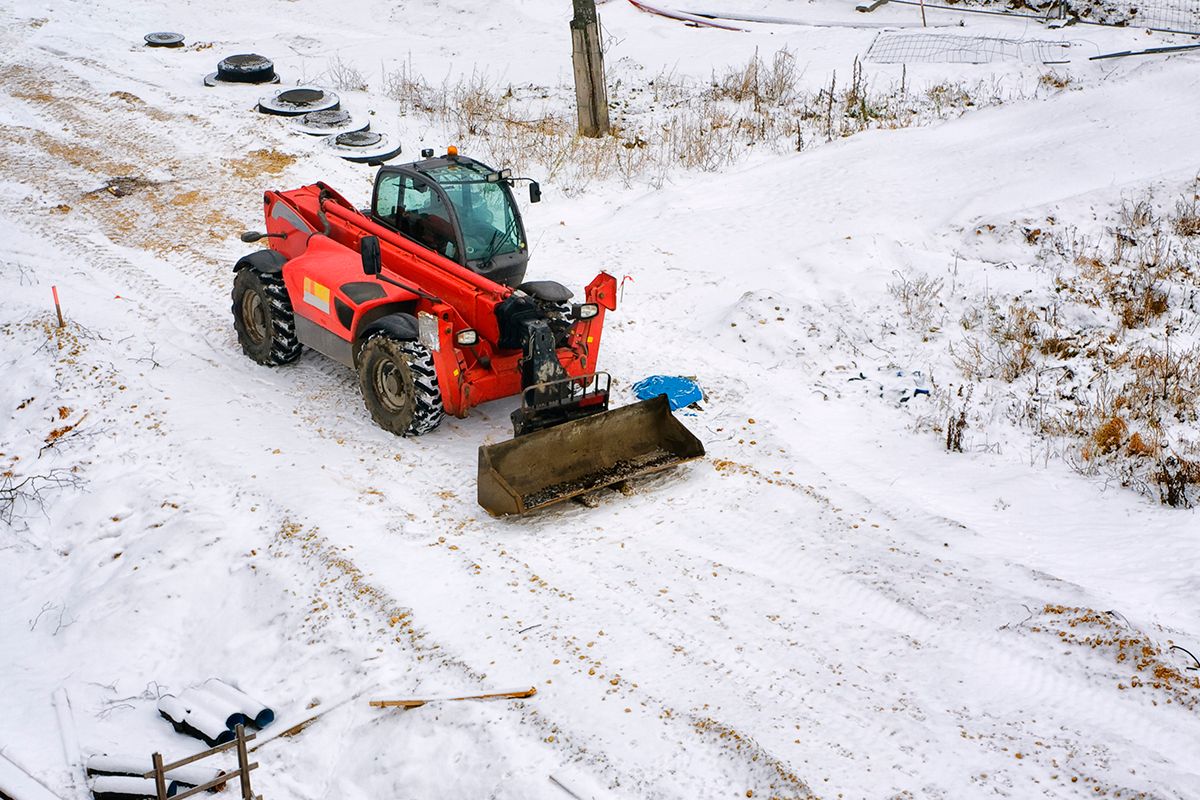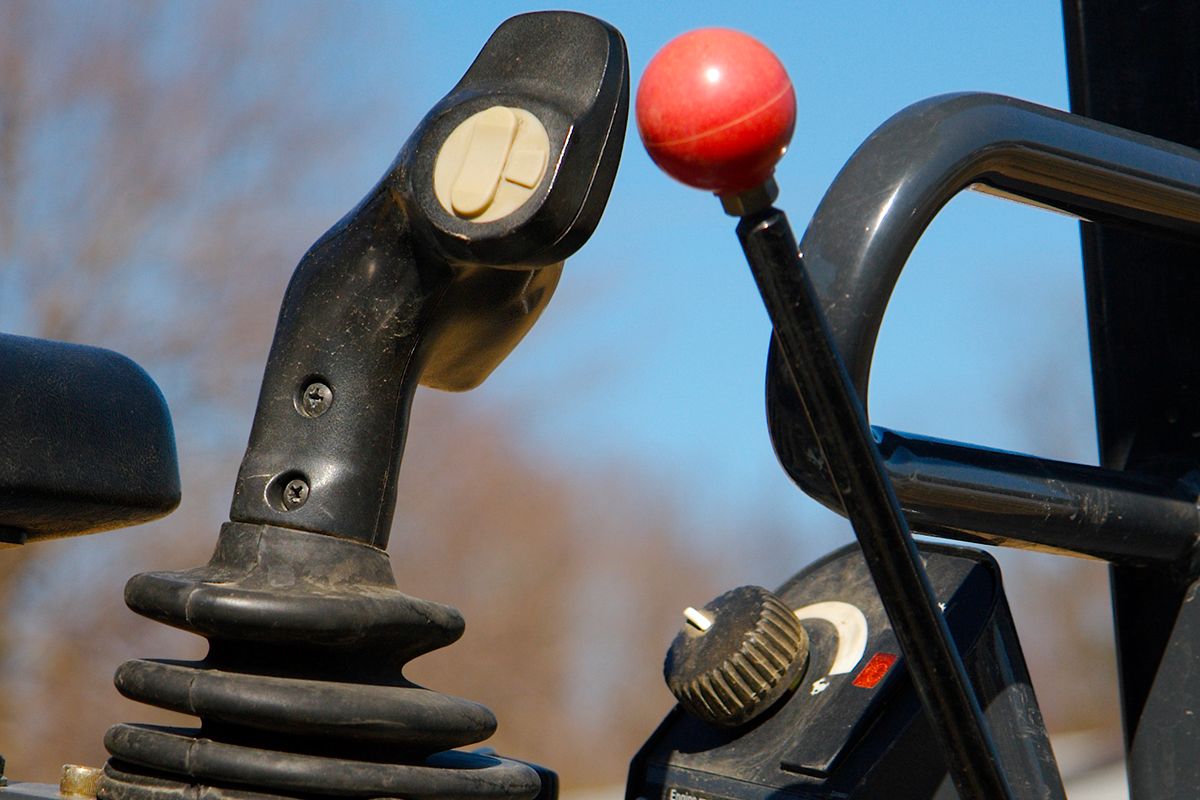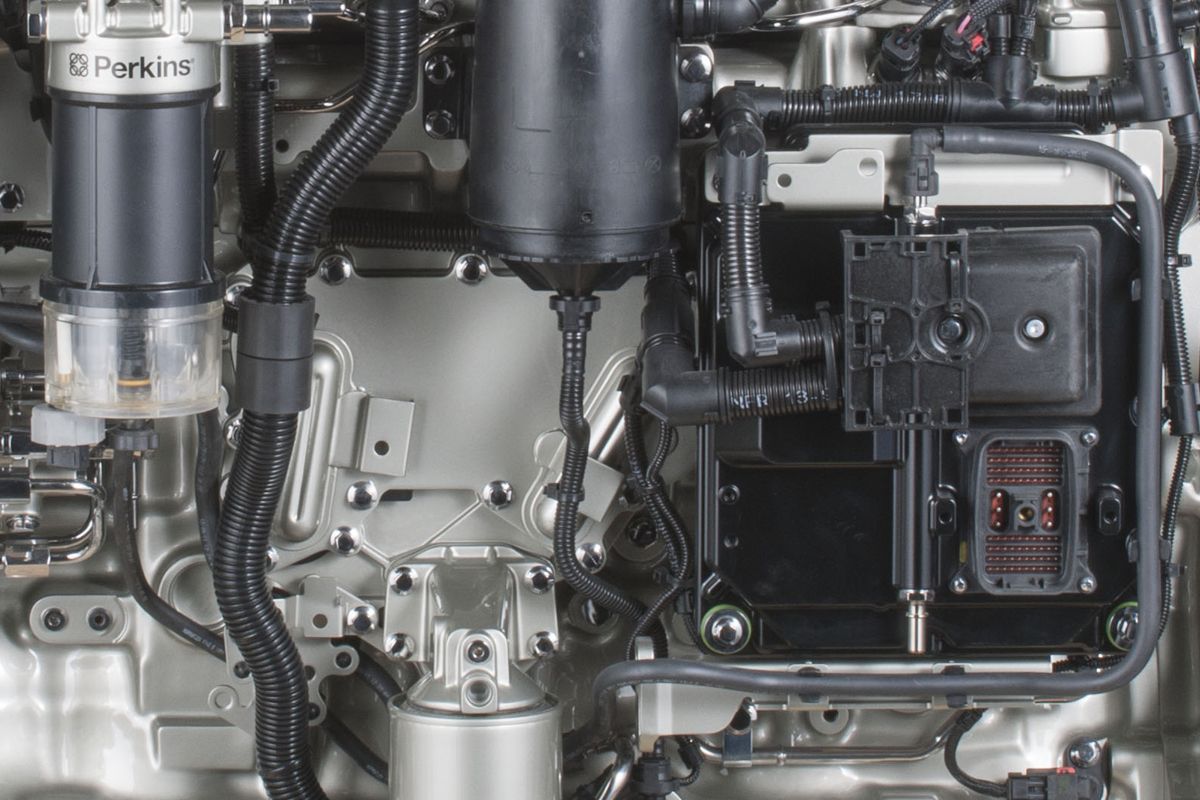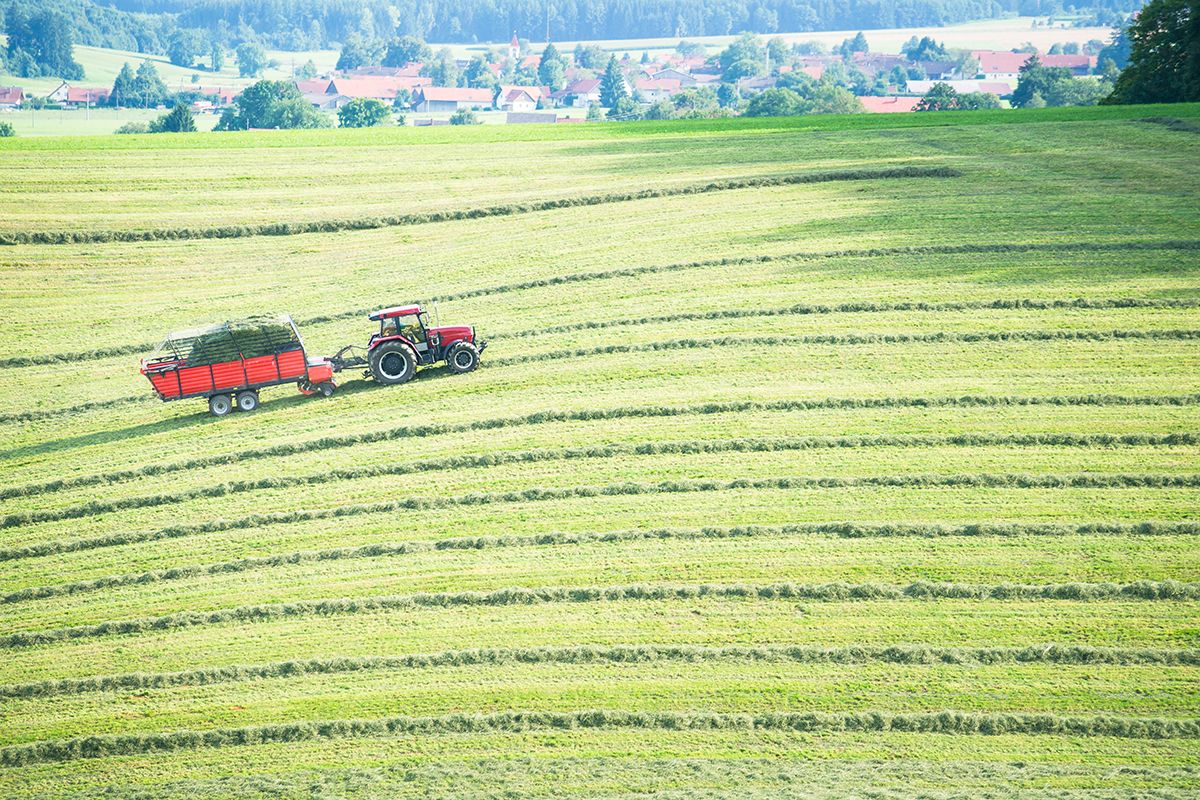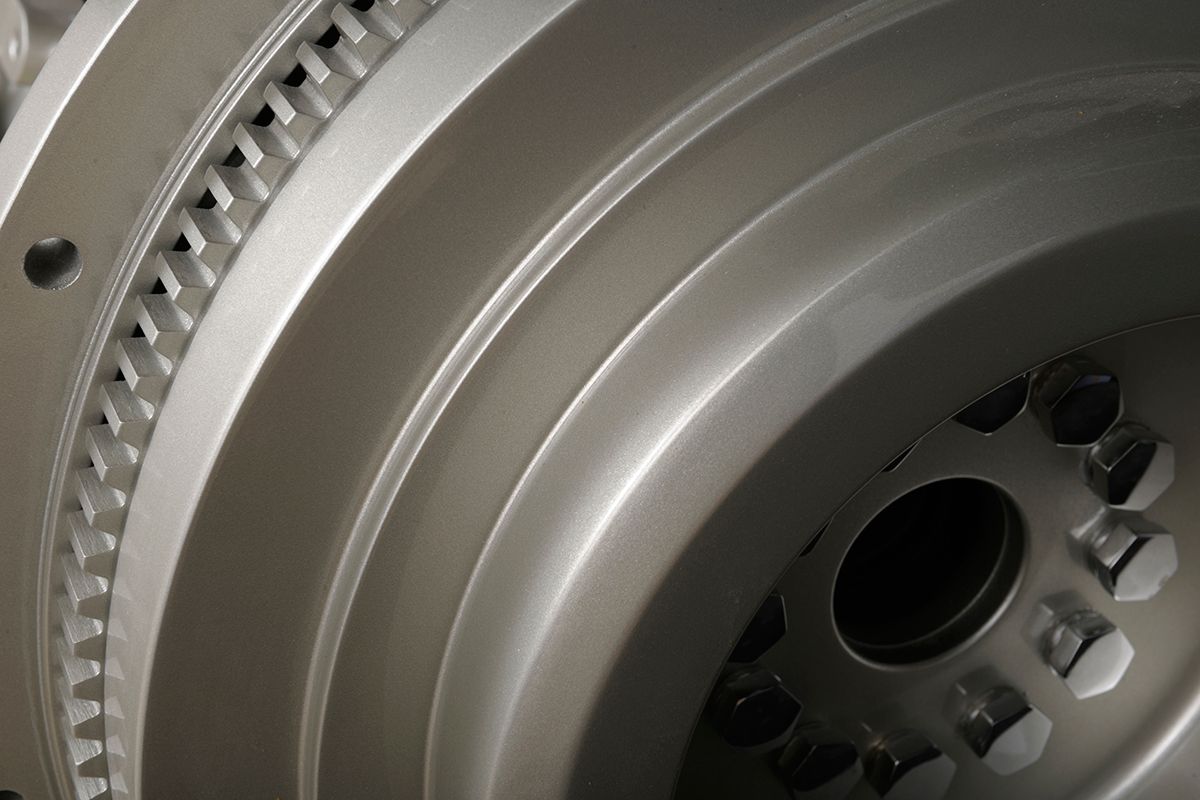How load affects the performance of your engine
The rate at which load is applied by a machine affects the subjective and objective performance of the diesel engine powering the machine. With successful engine load acceptance, the engine will respond to the changing load demands as quickly as the machine it powers, giving optimum performance and continuous productivity.
Off-highway diesel engines are set to run at a speed which is maintained by the governor, regardless of the varying load applied by the machine. Applying a load slowly at a given speed does not lead to a significant speed reduction. However, if you apply the load quickly, some engine speed reduction will result. This transient, time-varying machine load can create a challenge known as ‘engine load acceptance’.
Extreme speed reductions may lead to your engine continuing to run below target speed, often known as bogging down, or in extreme cases, stalling. A small reduction in engine speed may lead you to the subjective view that your machine is not powerful enough. Large reductions in speed will objectively reduce your productivity.

The rate of load application depends on the machine type and performance characteristics. For instance, hydraulic systems utilising the latest generation of swash pump have been developed for excavators and can lead to very high rates of transient load application. In these machines, load acceptance and engine speed control is a development challenge.
Development challenge
Traditionally, naturally aspirated engines do not generally suffer from load acceptance problems. However, the advent of turbo engines for high power density has introduced a development challenge.
Fuel systems are able to change fuel delivery more than 10 times faster than a turbocharger can significantly change air flow. Fuel and air need to be aligned to control the creation of smoke (Particulate Matter (PM)) so the rate of increase of fuel delivery may need to be controlled to the responsiveness of the turbo air system. In full authority electronic engines, strategies need to be included within the engine control system and subsequently the maps need to be populated based on development calibration.
Successful engine load acceptance means the engine is more responsive than the demands of the specific machine load application. This requires an understanding of machine systems and machine system development that might influence load application. It means developing control strategies and focused calibration to ensure the engine can follow the load application from the machine over its range of operating cycles.
Efficient particulate filters
The highest emissions standards are leading to wallflow diesel particulate filters (DPF) with very high levels of efficiency. With a DPF, it is possible to increase the rate of fuel delivery to improve load acceptance. However, fuel delivery still needs to be controlled to enable transparent management of the soot load in the DPF under the greatest range of machine use.
The proof of successful engine design and calibration is its ability to maintain engine speed within limits, thus supporting the objective and subjective productivity of your machine.
-
Distributor locator
Your regional Perkins Distributor can provide local, on-the-ground engine support.
Learn More -
Powernews Q3 2022
Our digital magazine with the latest news, interviews and analysis.
Read more -
Request Consultation
If you're ready to receive trusted advice from a Perkins expert, speak to our team today.
Connect with us


